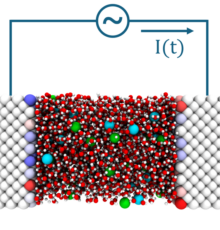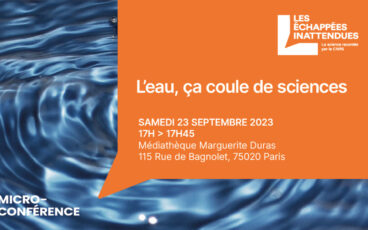Un nouveau champ de force polarisable pour les aluminosilicates développé par les chercheurs de PHENIX, en collaboration avec le laboratoire PASTEUR à l’ENS, ouvre la voie à des simulations plus réalistes des argiles et des zéolithes.
Classical Polarizable Force Field To Study Dry Charged Clays and Zeolites, J. Phys. Chem. C 2017, DOI : 10.1021/acs.jpcc.7b00270
par : S. Tesson, W. Louisfrema, M. Salanne, A. Boutin, B. Rotenberg, V. Marry
Contact PHENIX : virginie.marry@upmc.fr
Extrait
We extend the classical Polarizable Ion Model (PIM) to charged clays. We focus on Na-, Ca-, Sr-, and Cs-montmorillonite with two types of structures for the octahedral sheet : trans- and cis-vacant. The full set of parameters of the force field is determined by density functional theory calculations, using maximally localized Wannier functions with a force- and dipole-optimization procedure. Simulation results for our polarizable force field are compared with the state-of-the-art nonpolarizable flexible force field named Clay Force Field (ClayFF) to assess the importance of taking polarization effects into account for the prediction of structural properties. This force field is validated by comparison with experimental data. We also demonstrate the transferability of this force field to other aluminosilicates by considering faujasite-type zeolites and comparing the cation distribution for anhydrous Na, Ca, and Sr Y (and X) faujasites predicted by the PIM model and with experimental data.



